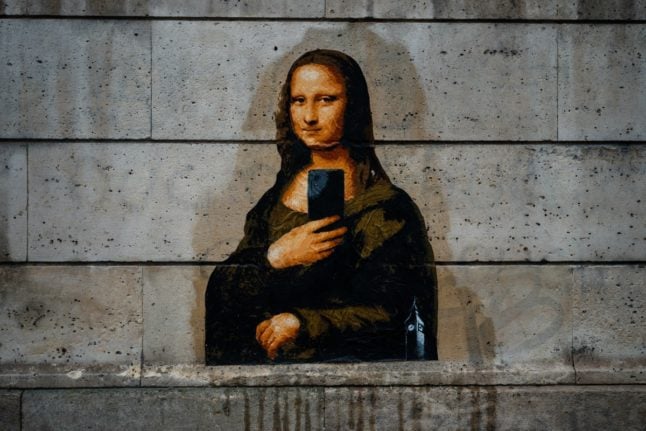“I strongly condemn this false and deceptive representation of our armed forces,” Sebastien Lecornu wrote on Twitter, responding to a clip from the November movie posted by a journalist.
The scene turns on a group of bound French soldiers being brought into a UN meeting, embarrassing Paris’ ambassador to the world body, after being caught on their secret mission set in West African country Mali.
Journalist Jean Bexon, who posted the Black Panther clip, noted, “The evil French mercenaries operating in Mali are dressed like soldiers from Operation Barkhane,” a real-life military mission.
France is particularly sensitive to its image in West Africa after military juntas in Mali and Burkina Faso demanded the departure of French troops, deployed to the Sahel region since 2013 to fight jihadists.
“I am thinking of and honouring the 58 French soldiers who died defending Mali, at its request, in the face of Islamist terrorist groups,” Lecornu wrote.
Russia’s apparent progress in turning local populations against France and its military deployments have raised the stakes in the battle for public opinion in West Africa.
Mali called on Russia’s Wagner mercenary group to reinforce its army once French troops left, and there has been speculation that Burkina may follow suit.
Online, cartoons spread by pro-Russian accounts and influencers have showed France sending skeletons and a giant snake to “conquer all of Africa”, in videos analysed this month by AFP Factcheck.
Armed white men in Wagner combat fatigues are seen coming to the rescue of soldiers carrying the flags of Mali, Burkina Faso and Ivory Coast.
“We face a steamroller that plays with the perceptions of local people who are in existential difficulty,” from war and famine, a French military source acknowledged earlier this month.
In November, President Emmanuel Macron stressed that today “influence” is a “strategic priority”.




 Please whitelist us to continue reading.
Please whitelist us to continue reading.
Member comments